Cardiovascular system: feeling of hot flushes, which may be accompanied by shortness of breath, tachycardia, palpitations, sweating, chills, edema.
From the side of the central nervous system and peripheral nervous system: paresthesia, dizziness, headache.
Skin: hyperemia of the skin of the face and upper body with a tingling and burning sensation, dry skin and mucous membranes of the eyes, debilitating itching of the skin, rash.
From the liver and biliary tract: with prolonged use – fatty liver, increased blood levels of aspartate aminotransferase (ATS), lactate dehydrogenase (LDH), alkaline phosphatase.
Metabolic: with prolonged use in large doses – decreased glucose tolerance, increased blood glucose levels, blood uric acid levels, hypophosphatemia.
Other: allergic reactions (including urticaria).
Very rarely, while taking nicotinic acid in patients with coronary heart disease, the frequency of atrial arrhythmias increases, and acanthosis (brown spots on the skin with a velvety surface) also occurs. Rarely, retinal edema may occur. These symptoms are transient and disappear after discontinuation of the drug.
When taking high doses: hyperpigmentation, cramps, diarrhea, nausea, vomiting, anorexia, exacerbation of gastric ulcer, jaundice, amblyopia, decreased platelet count, prolonged prothrombin time. Insomnia, muscle pain, hypotension, rhinitis may occur. Blurred vision, eyelid edema, myopathy, exfoliative dermatitis may occur. Cases of rhabdomyolysis have been reported with the use of nicotinic acid with lovastatin.


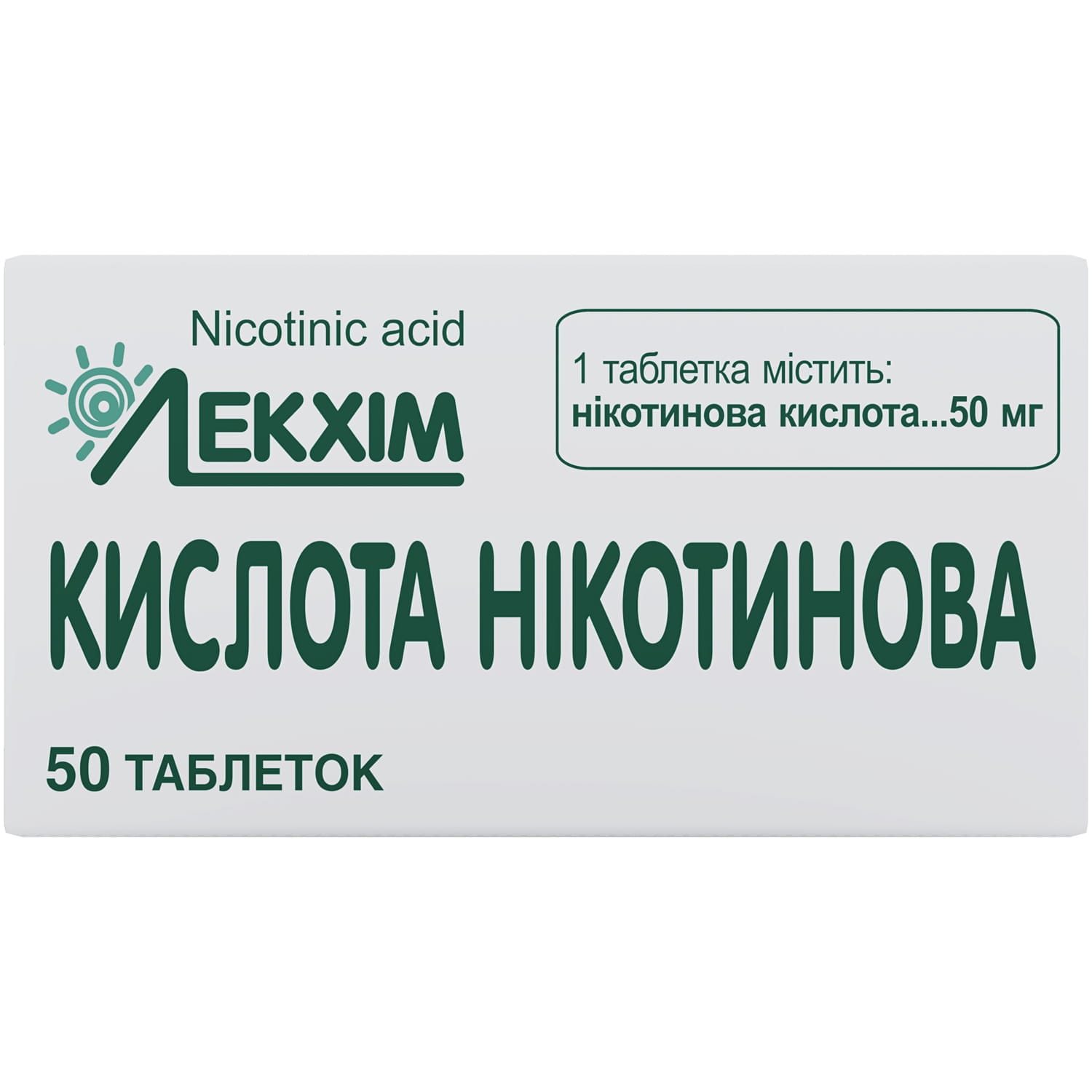
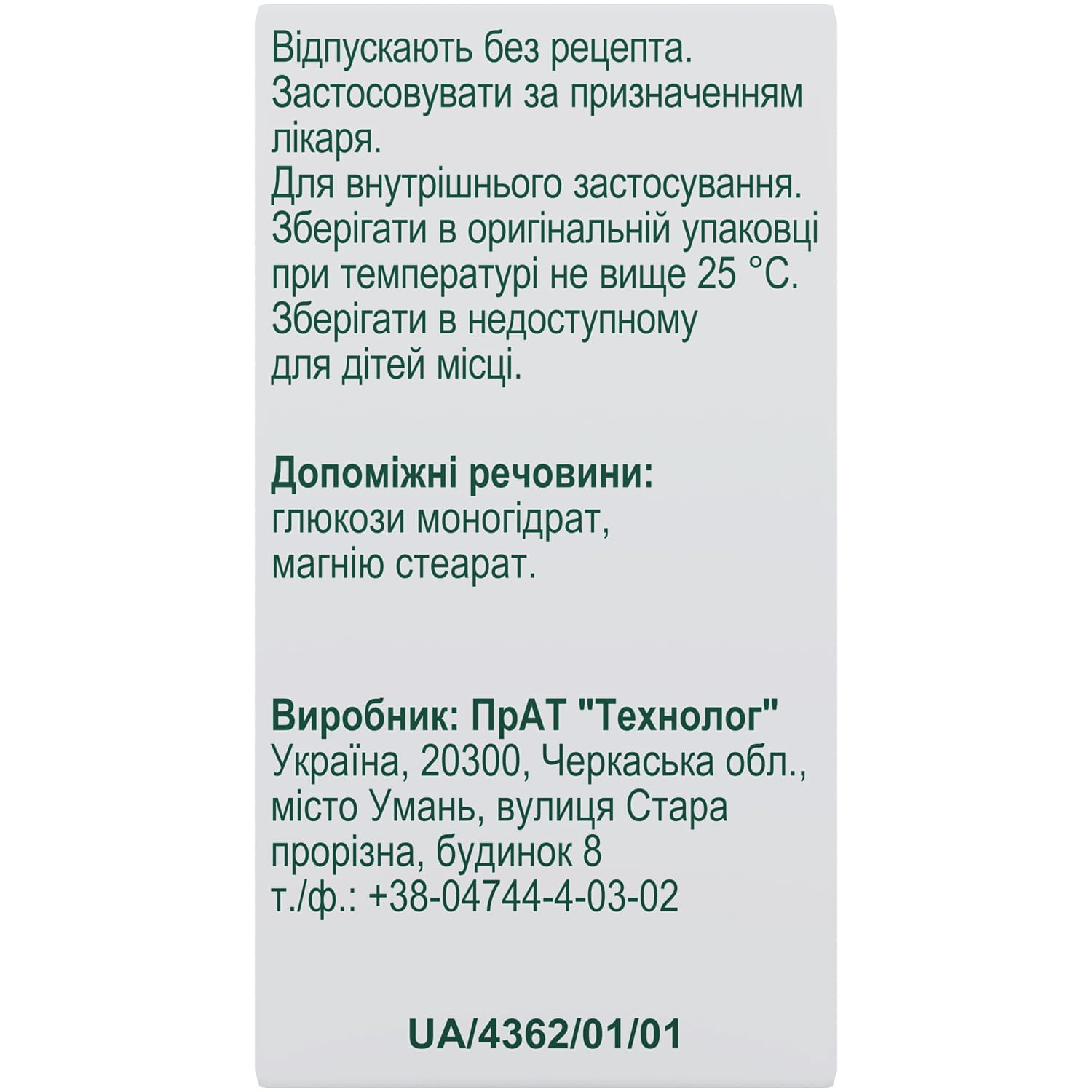


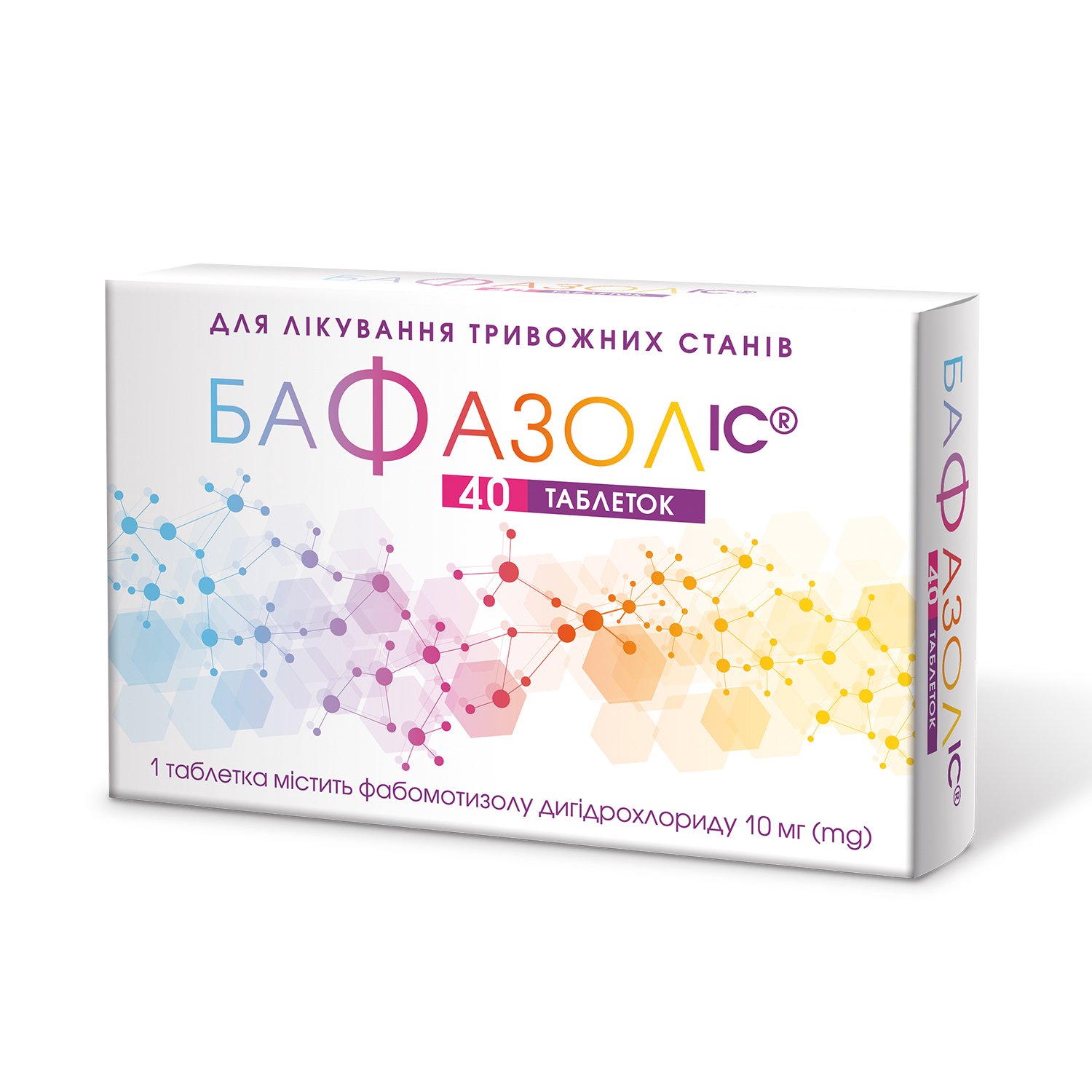
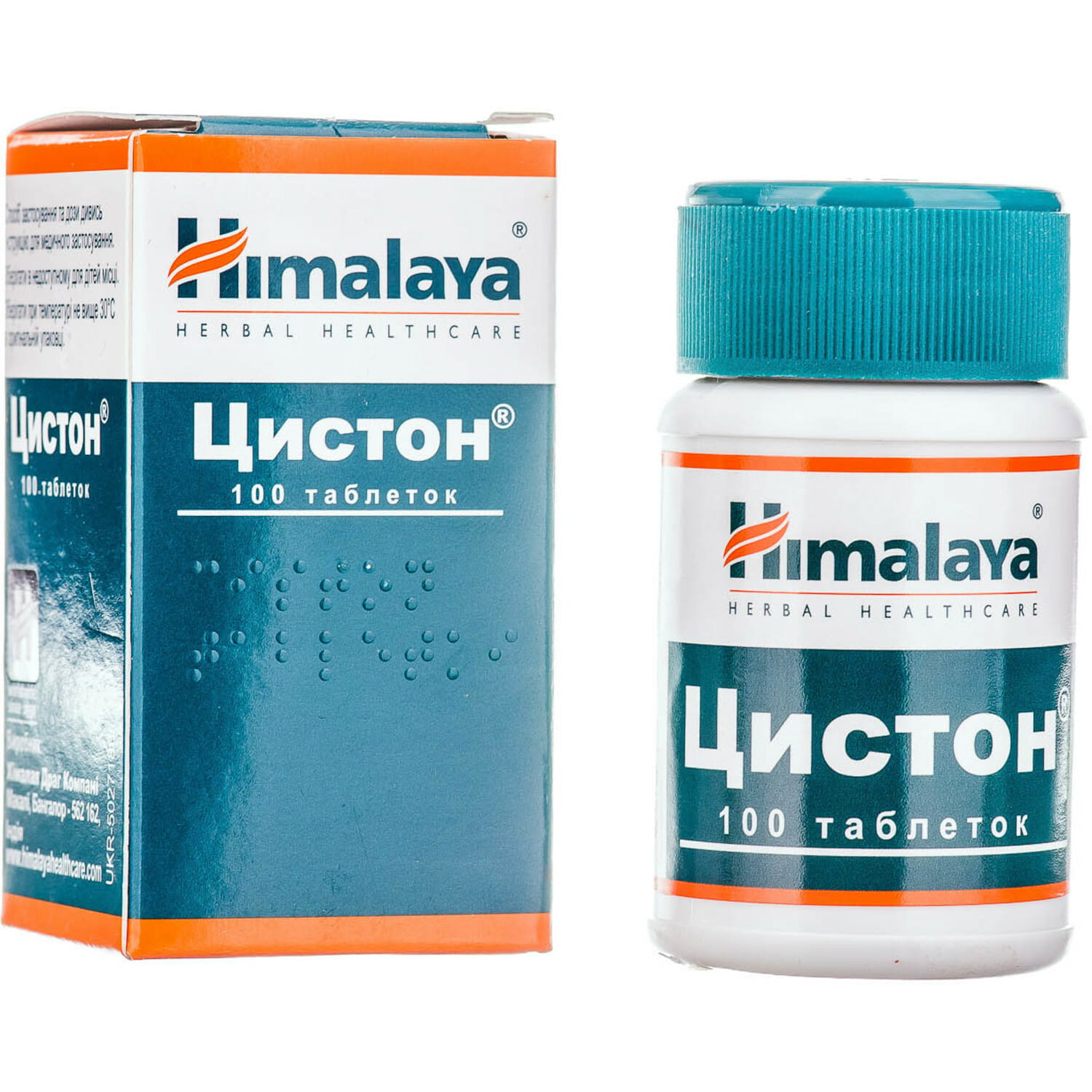
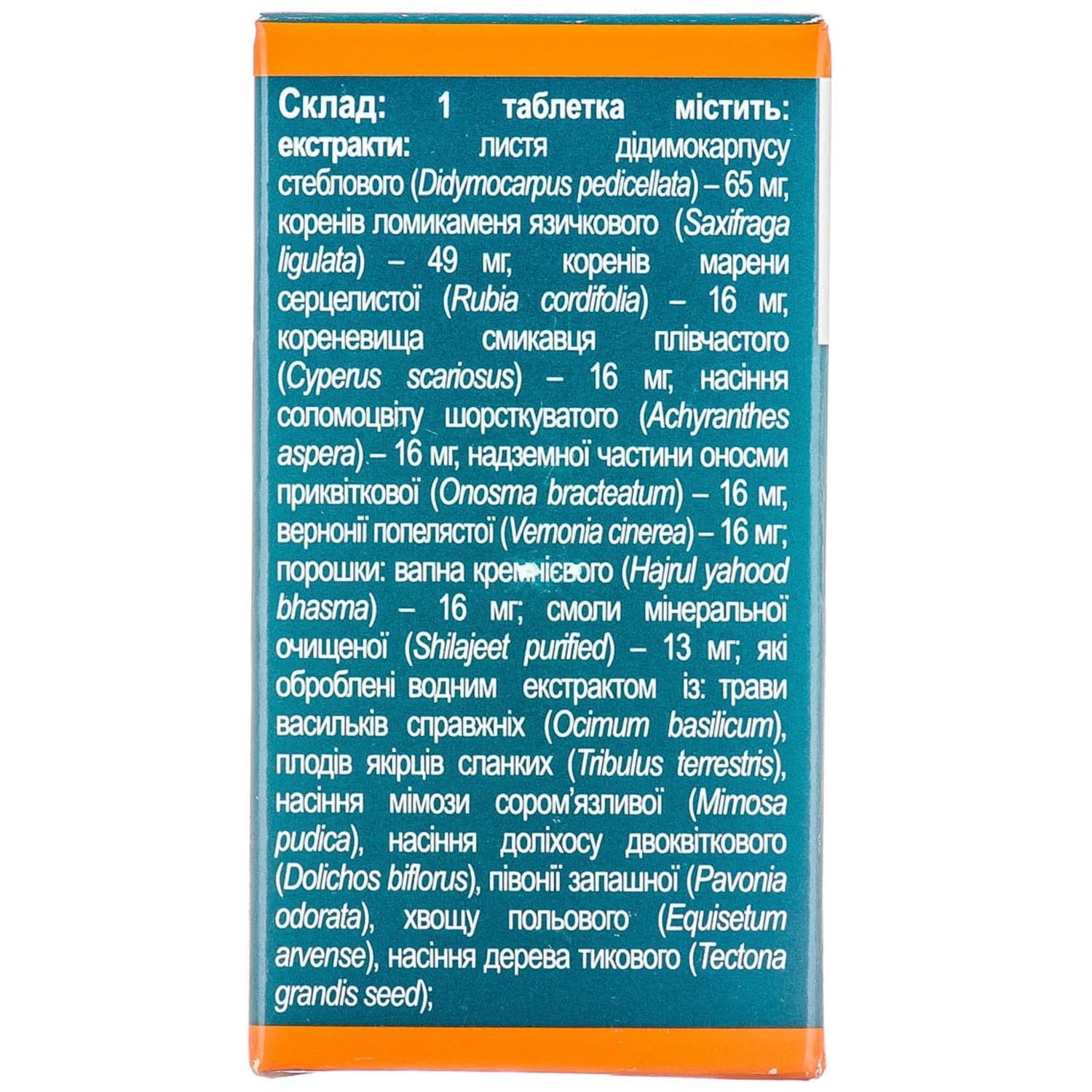
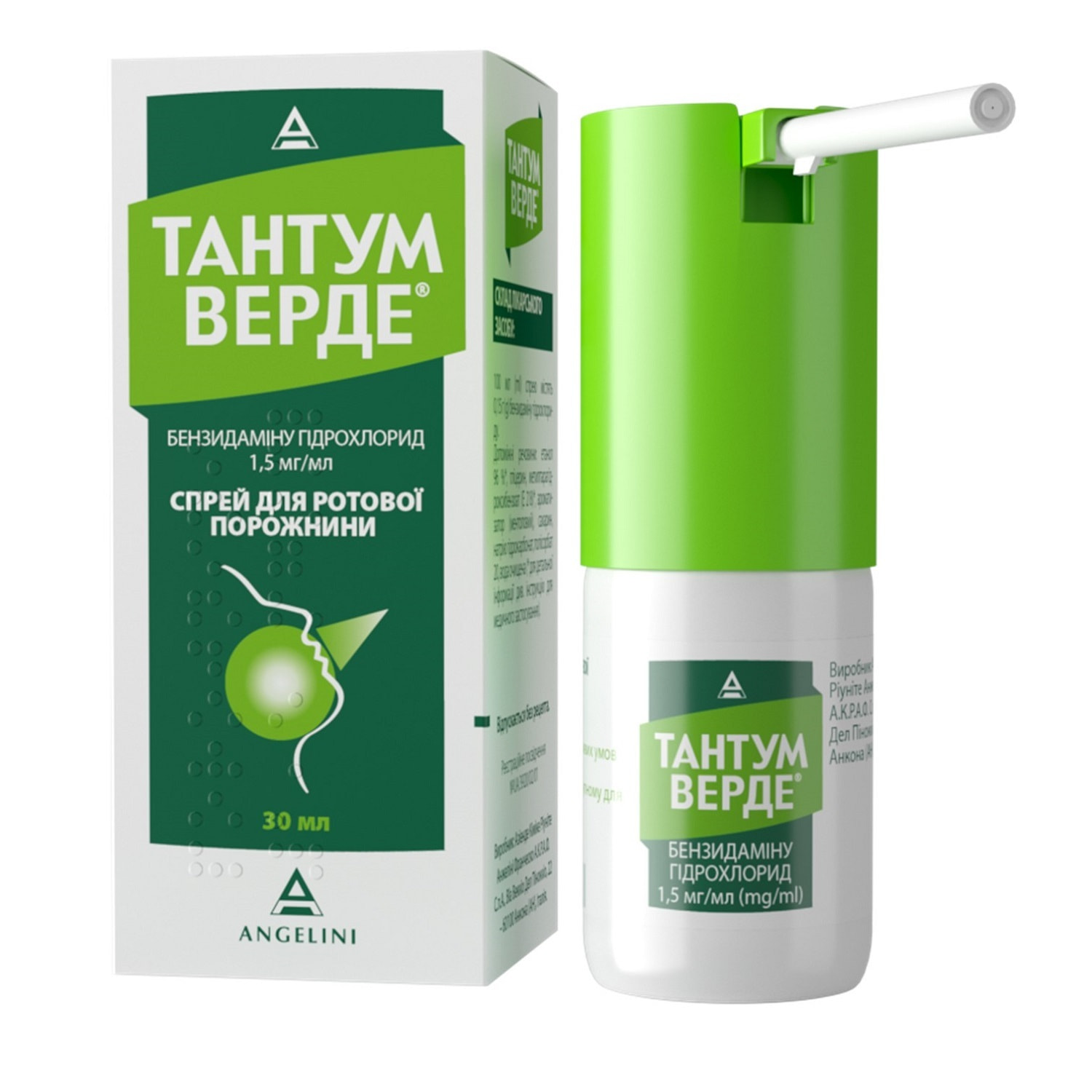
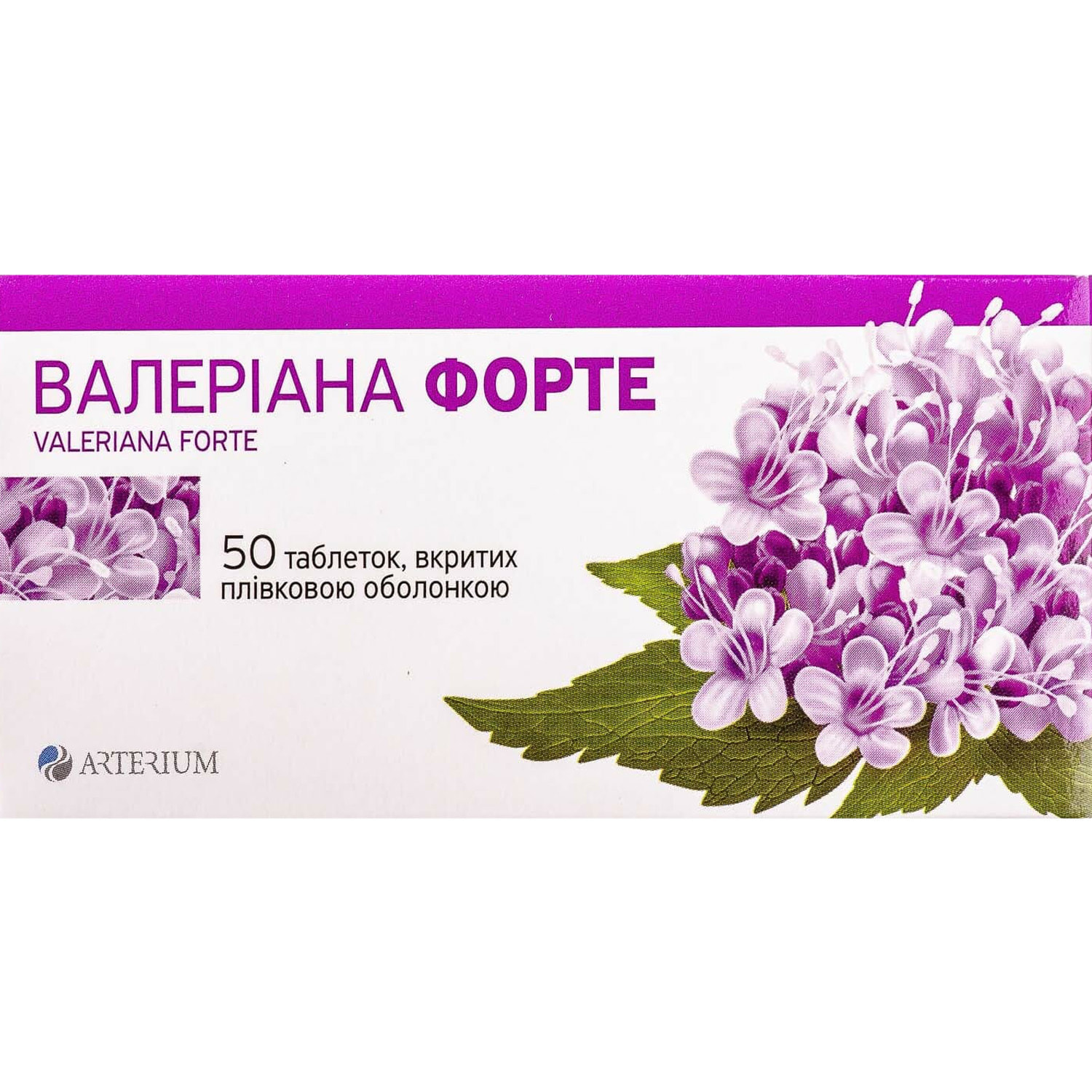
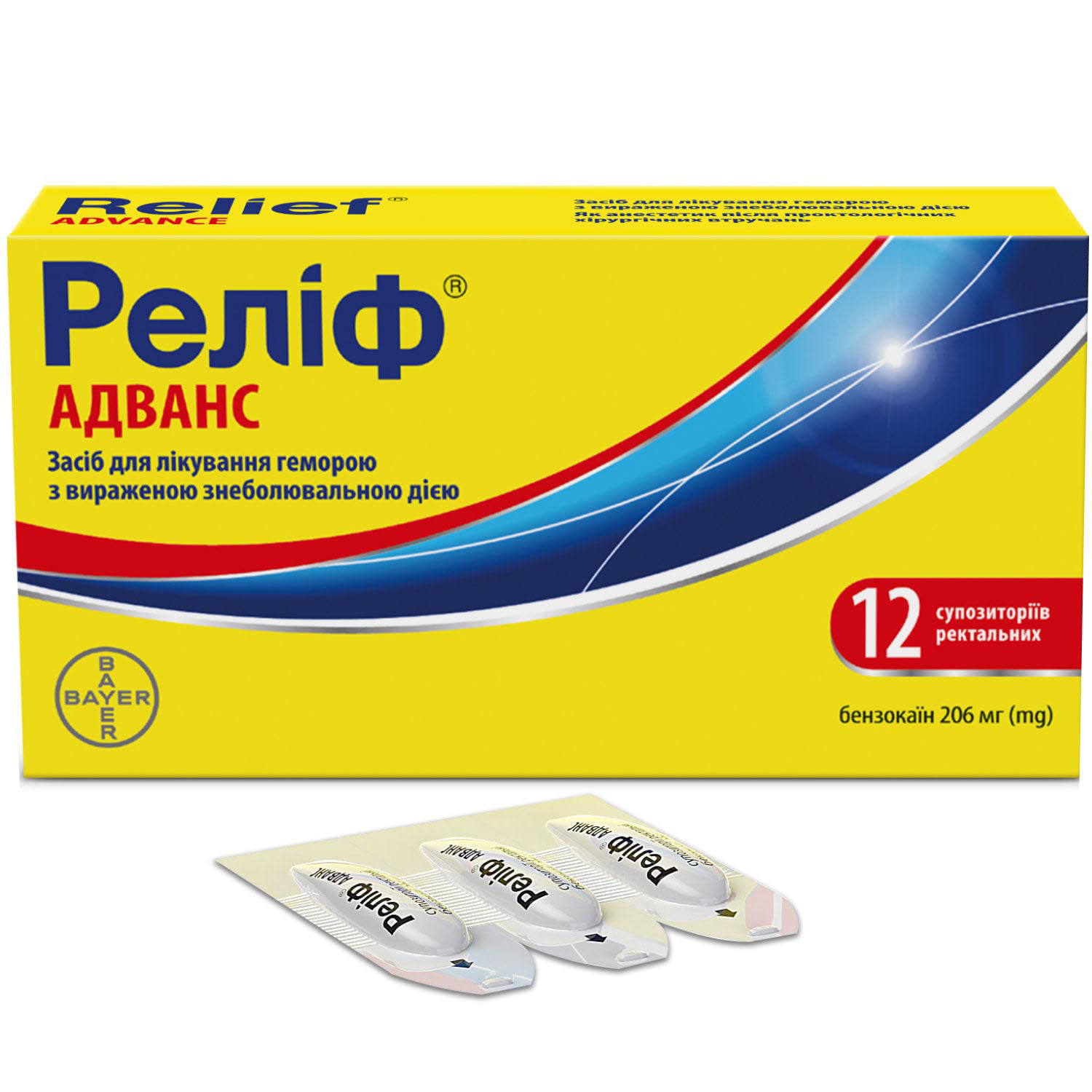
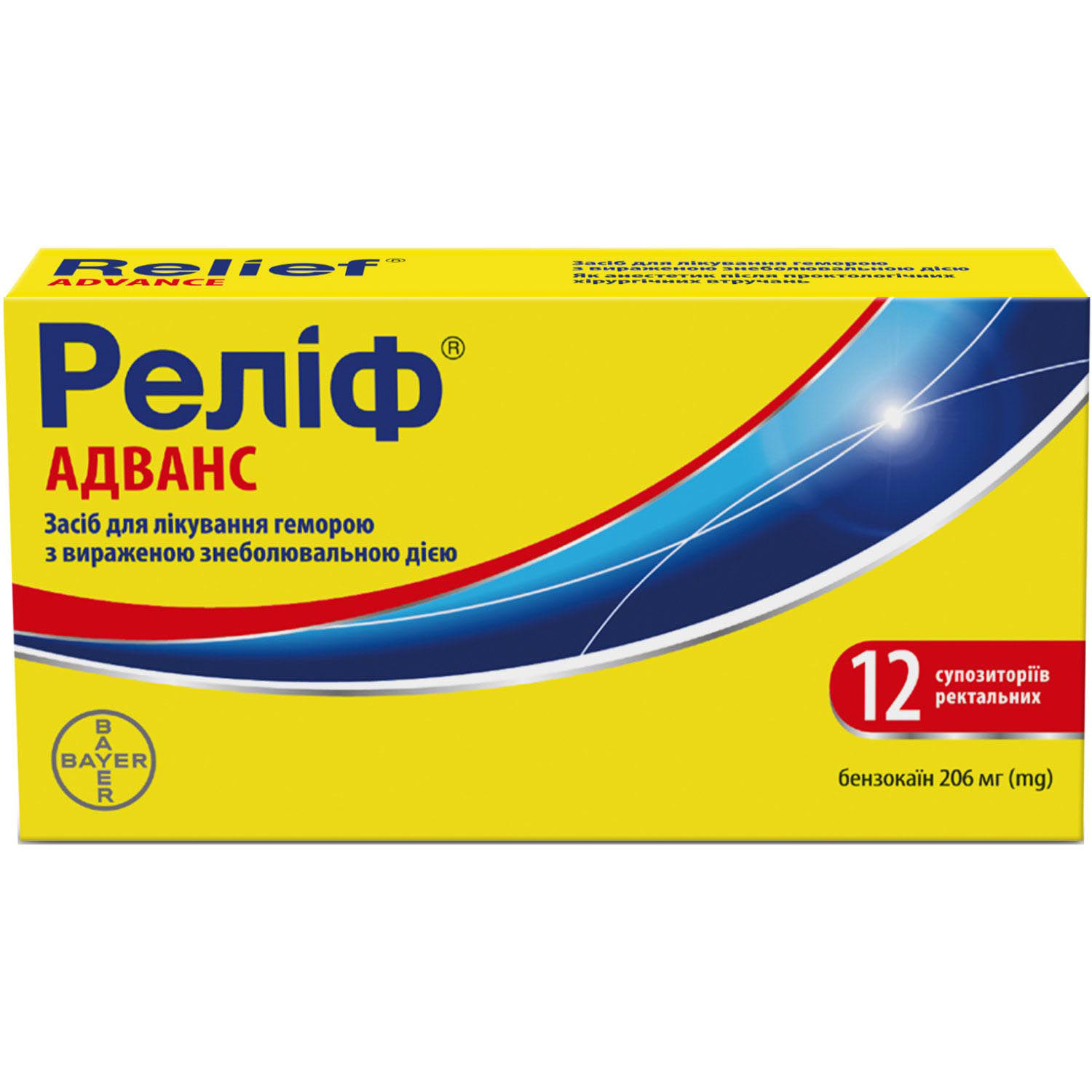
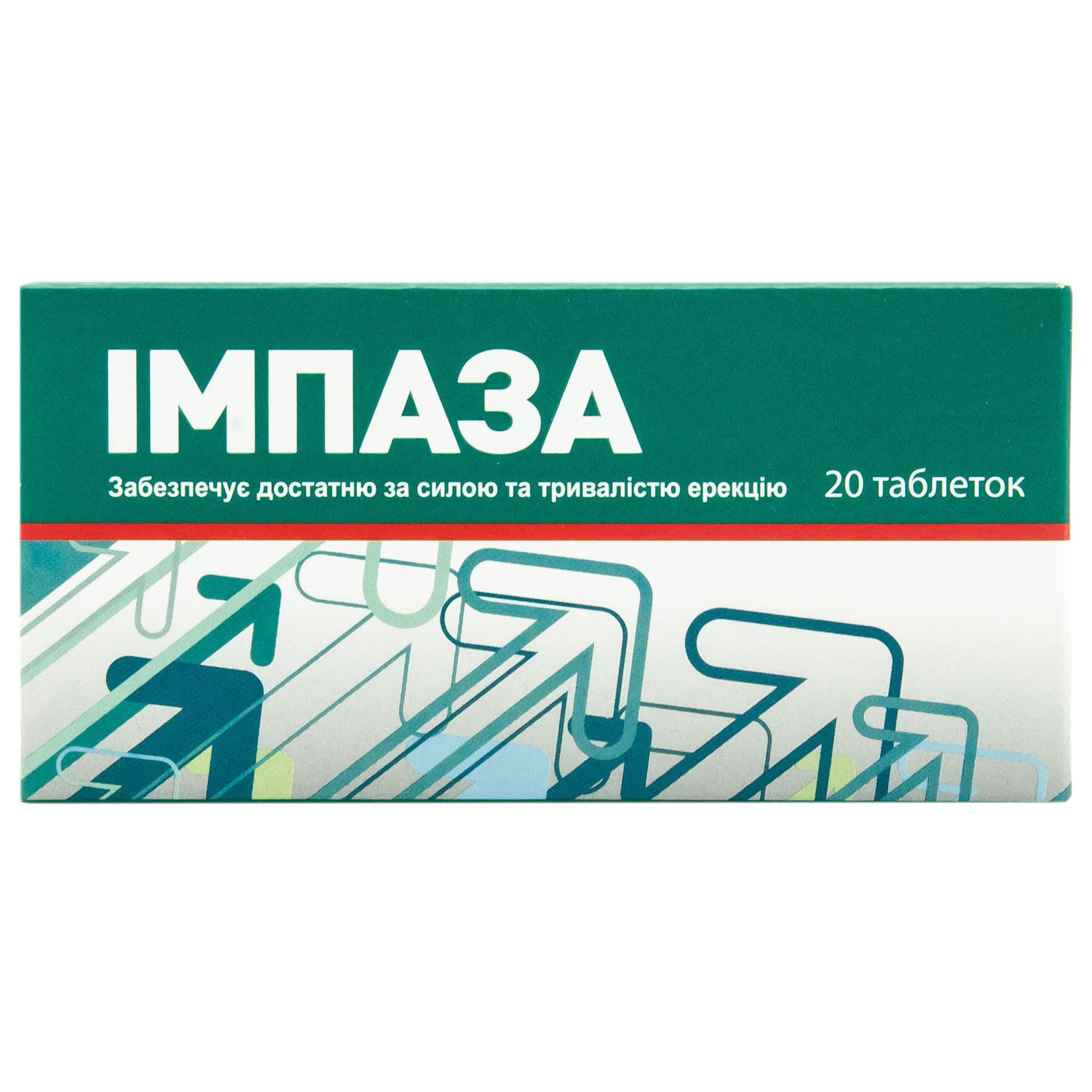

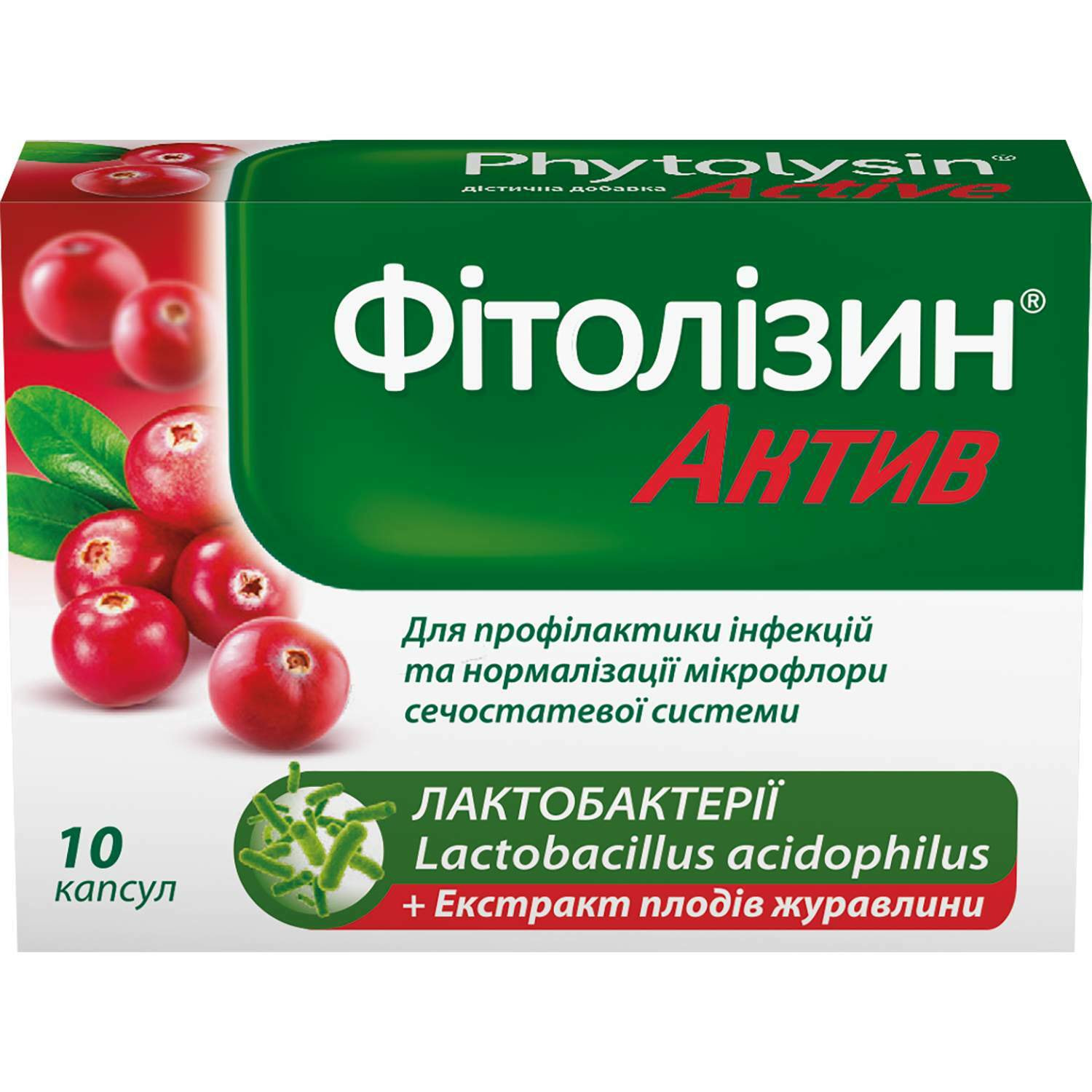
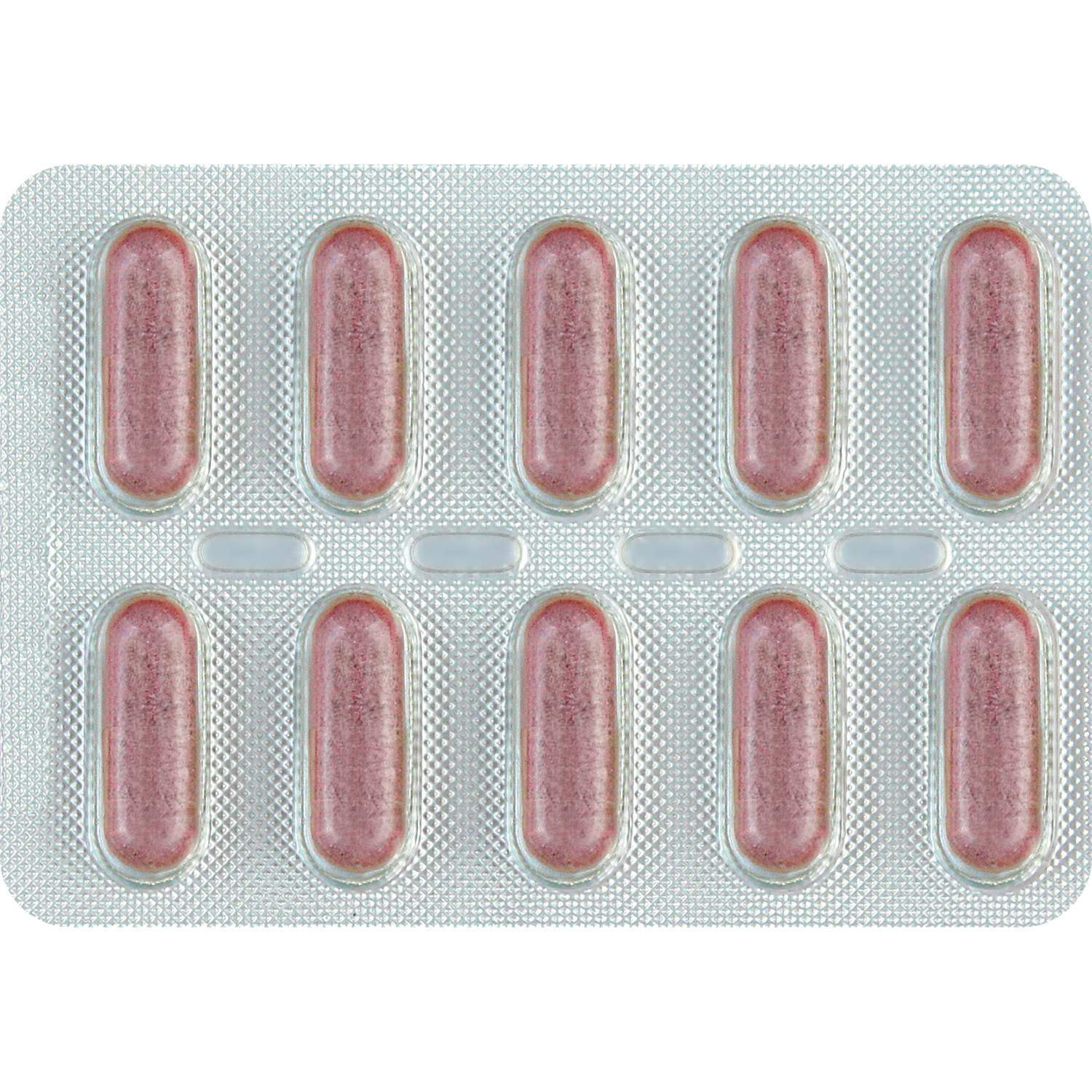
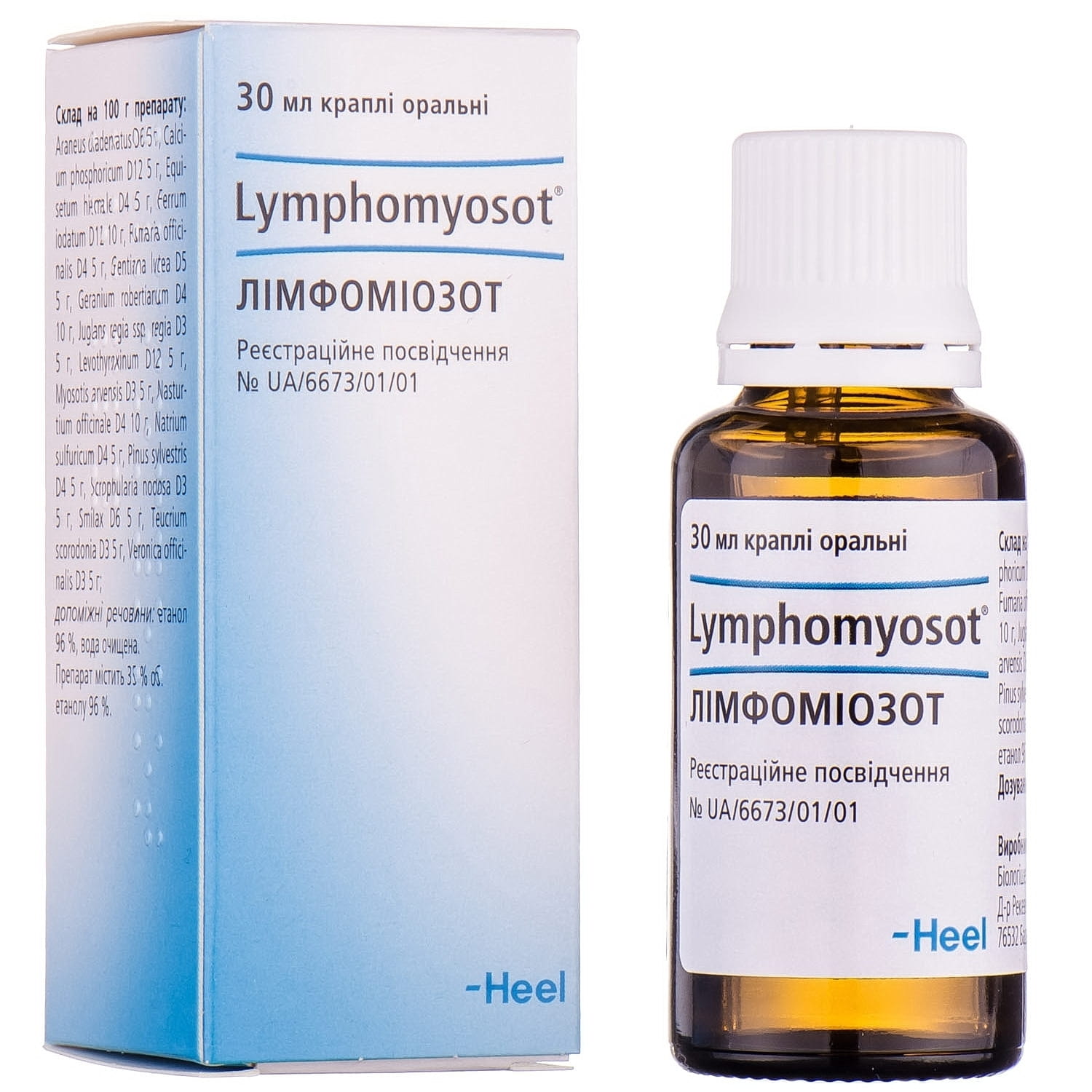
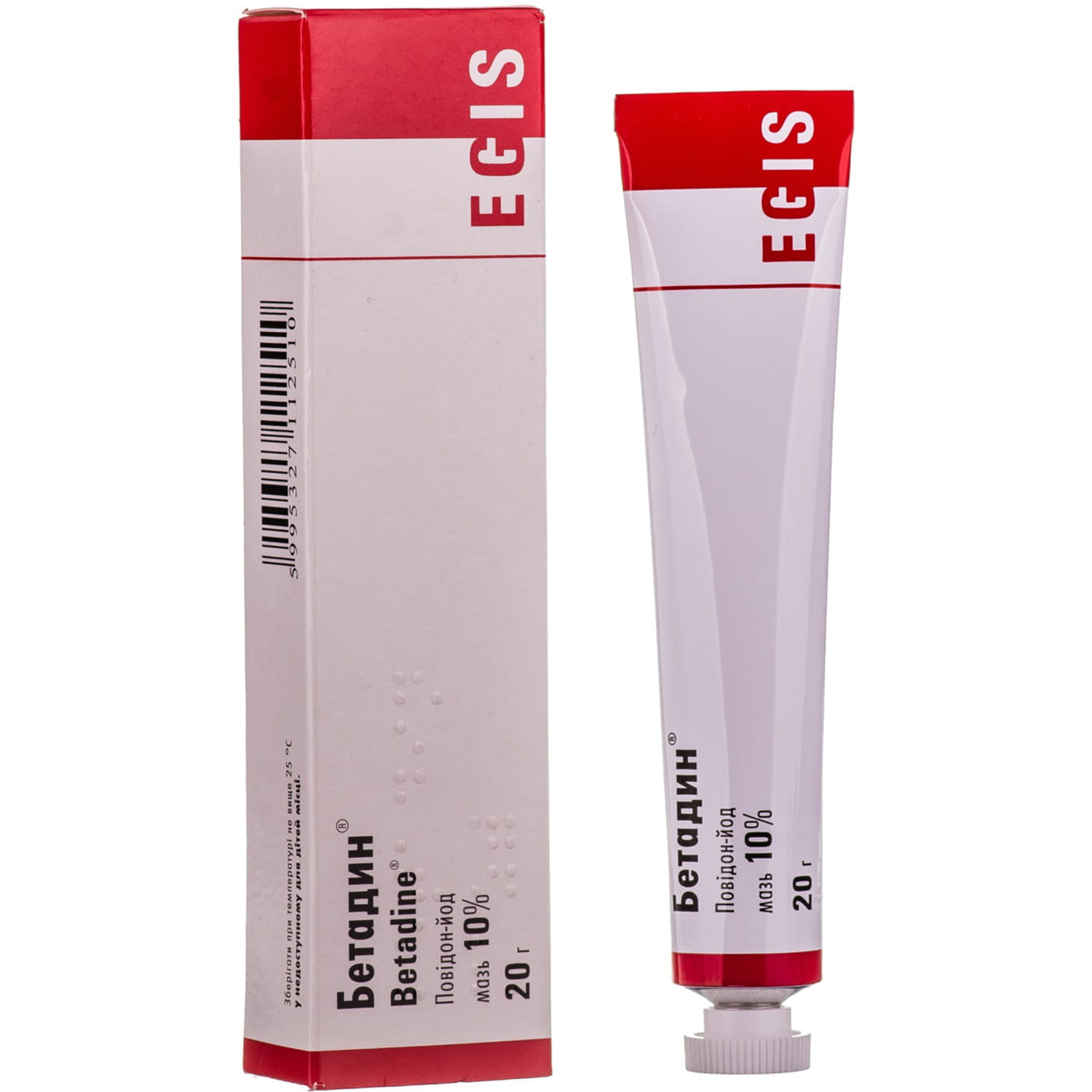
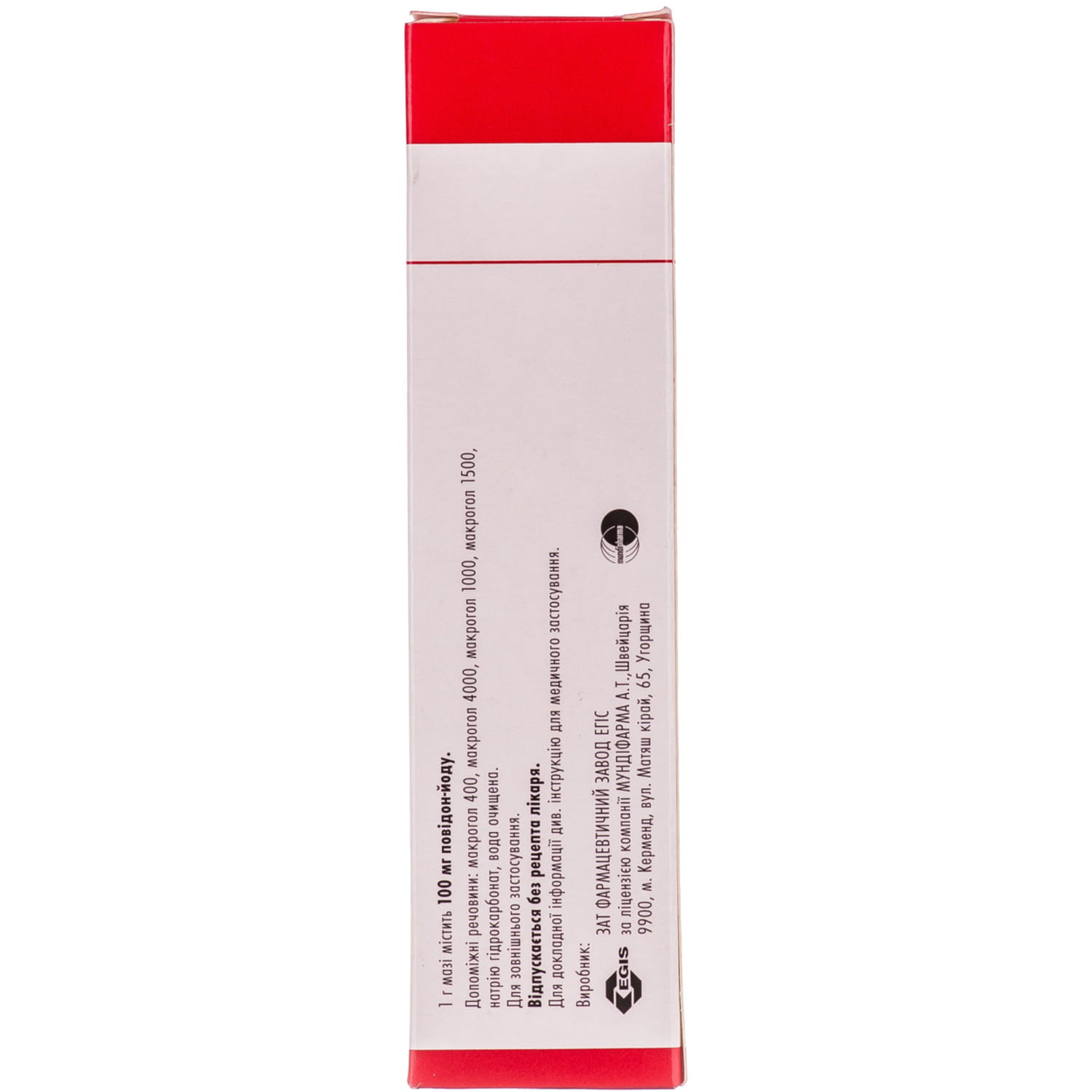
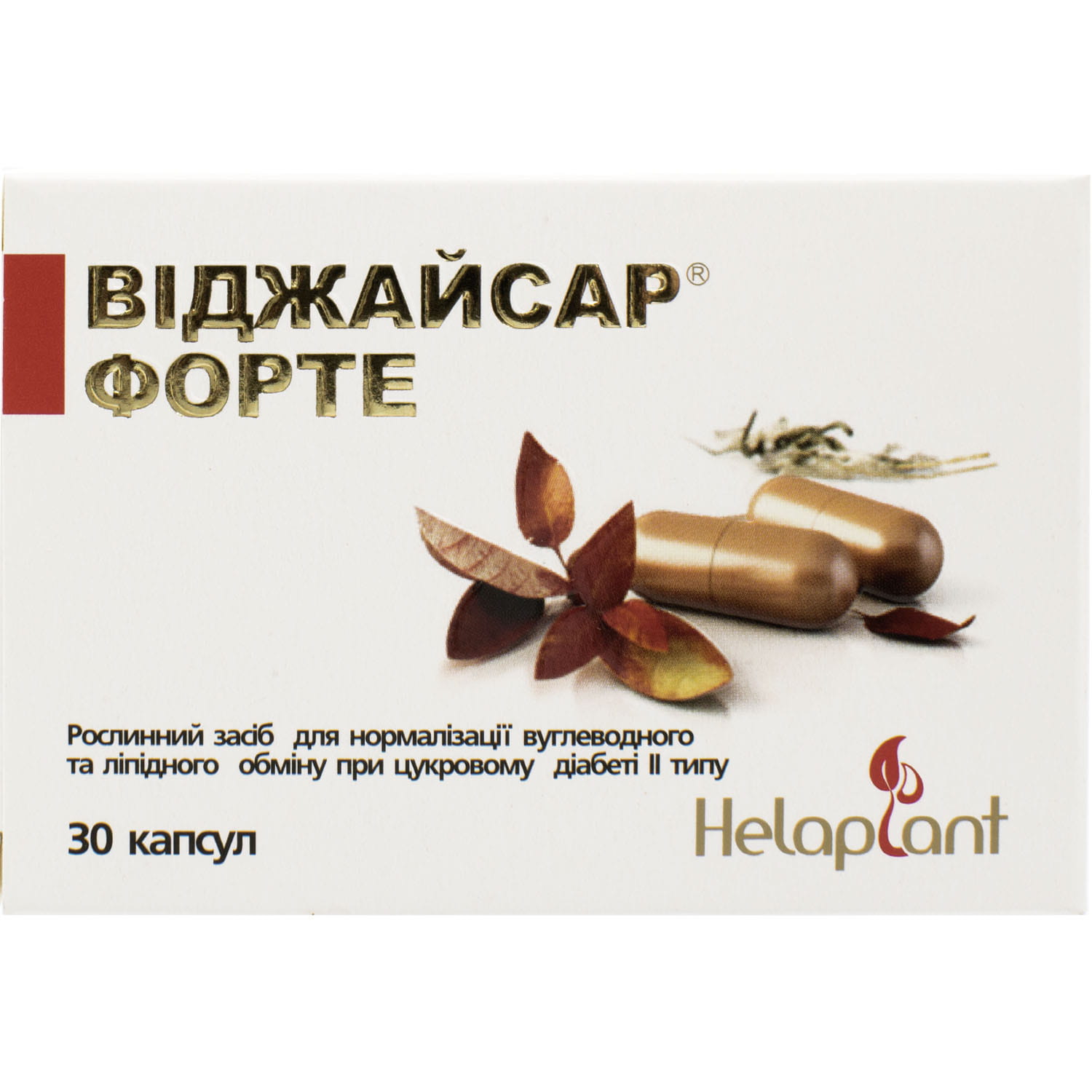
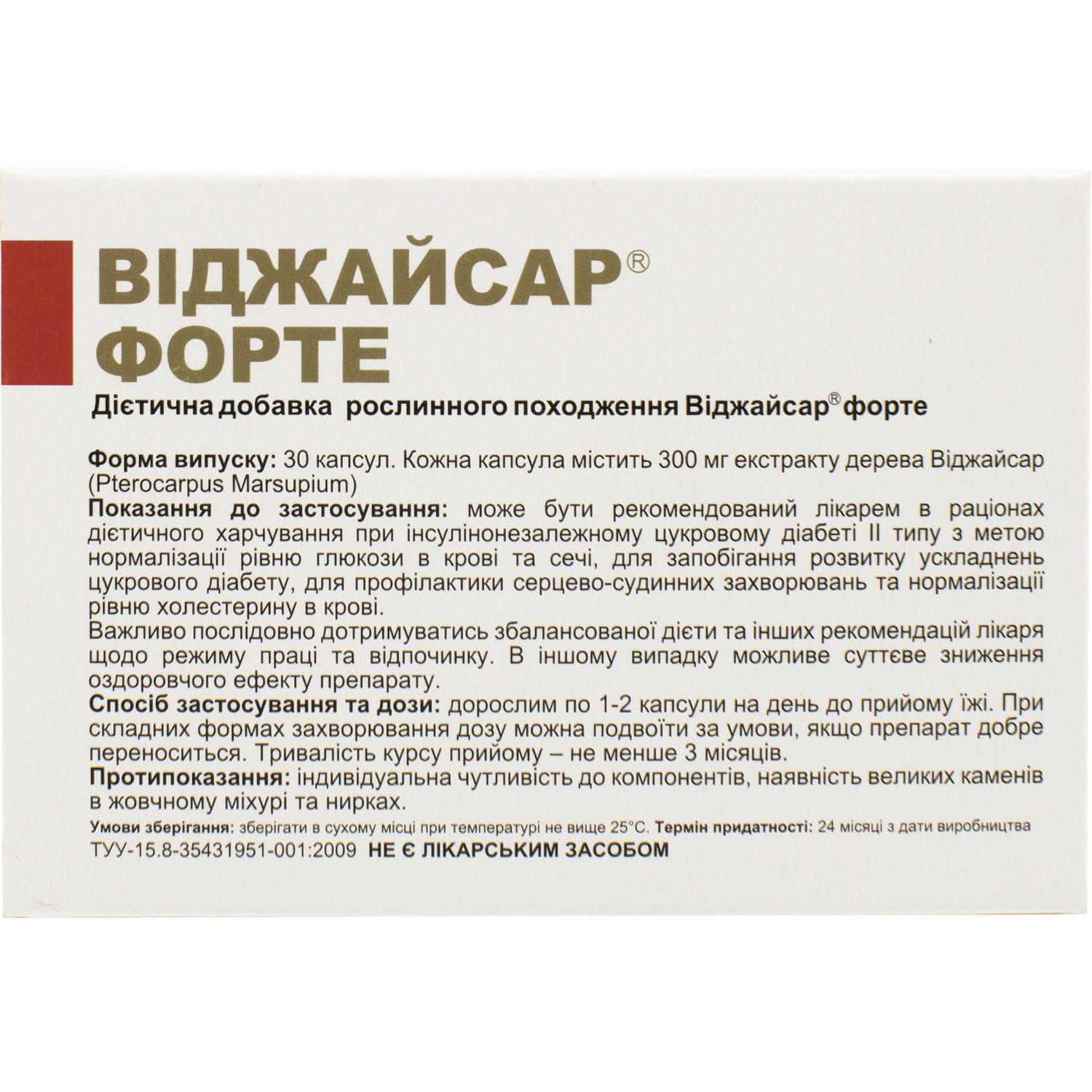
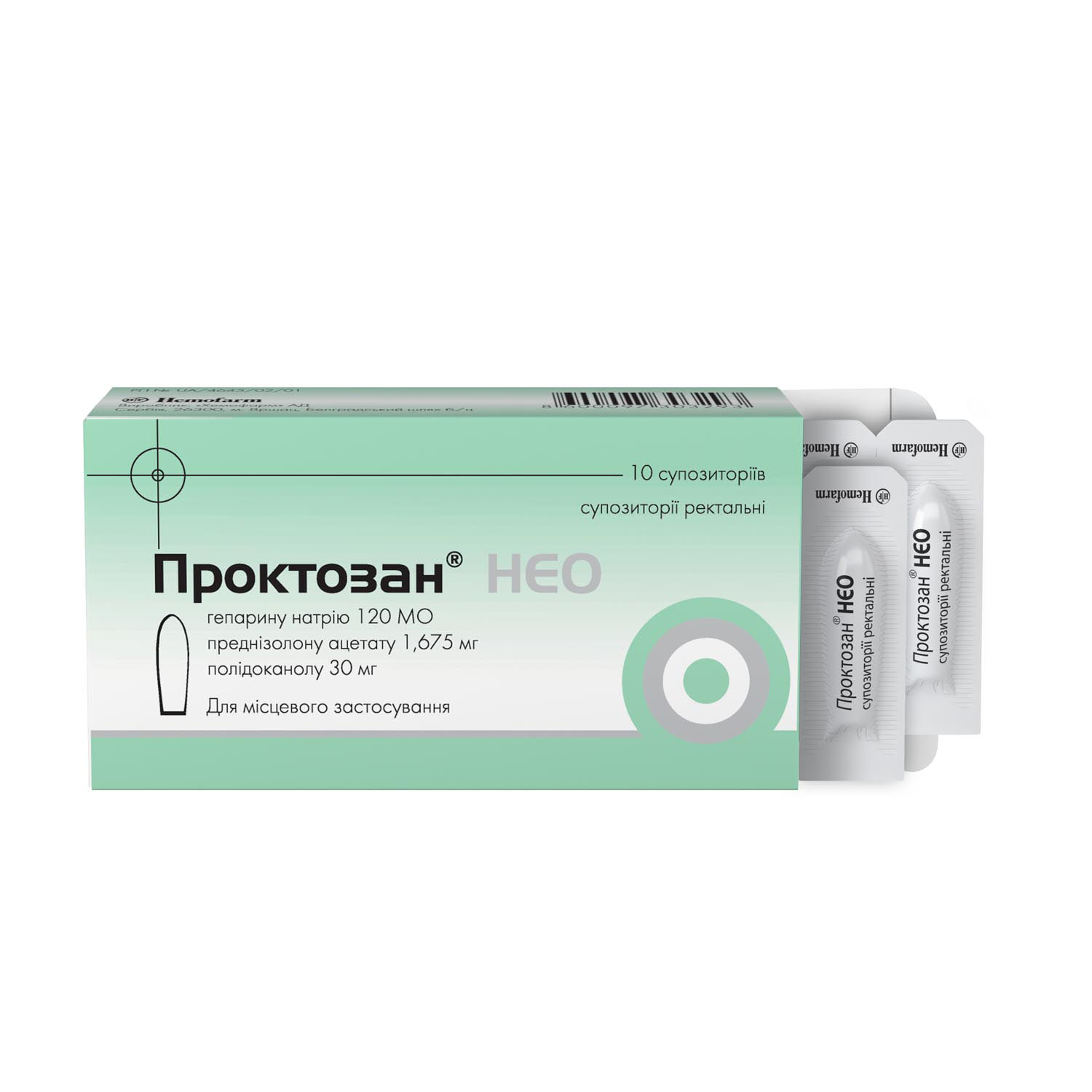
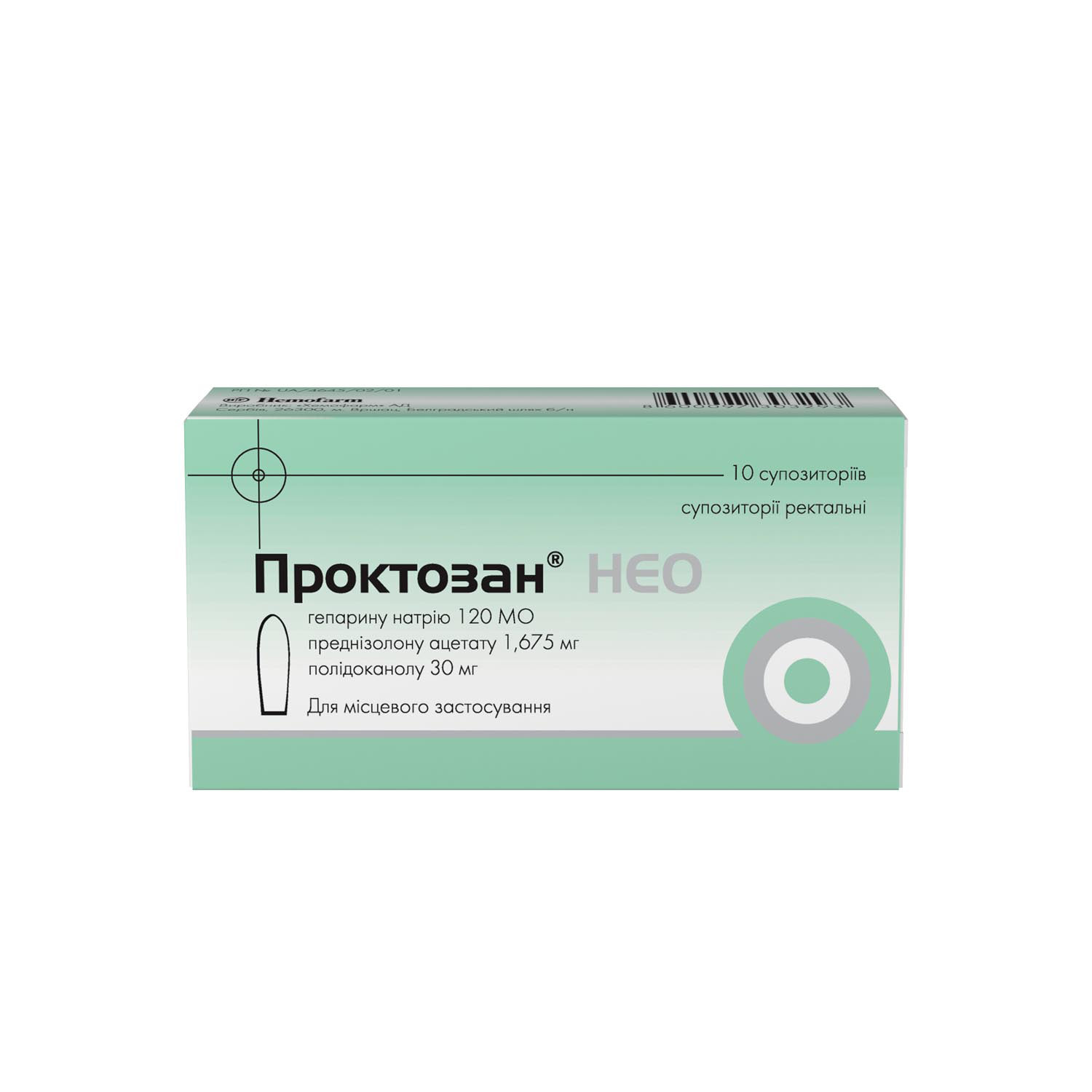
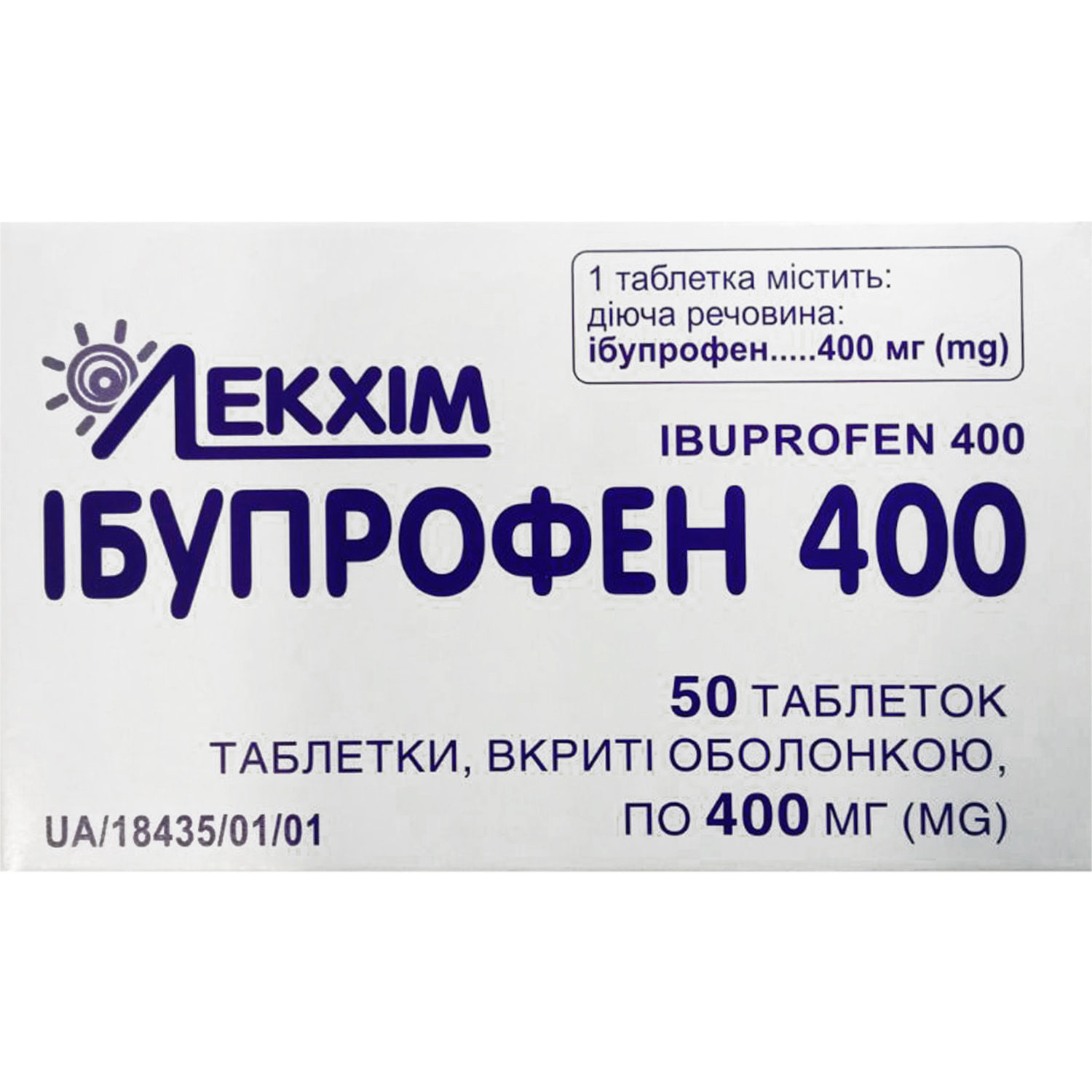
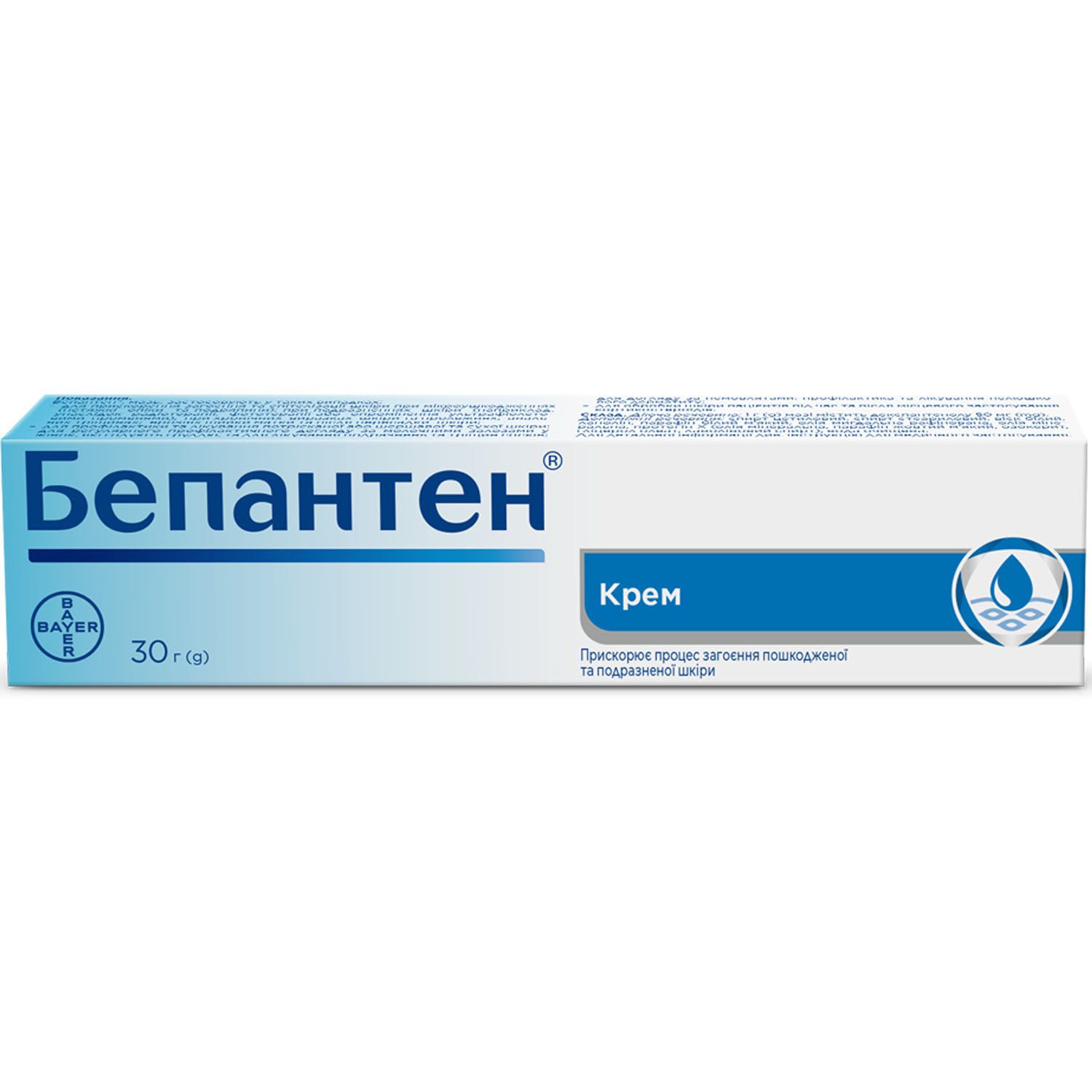
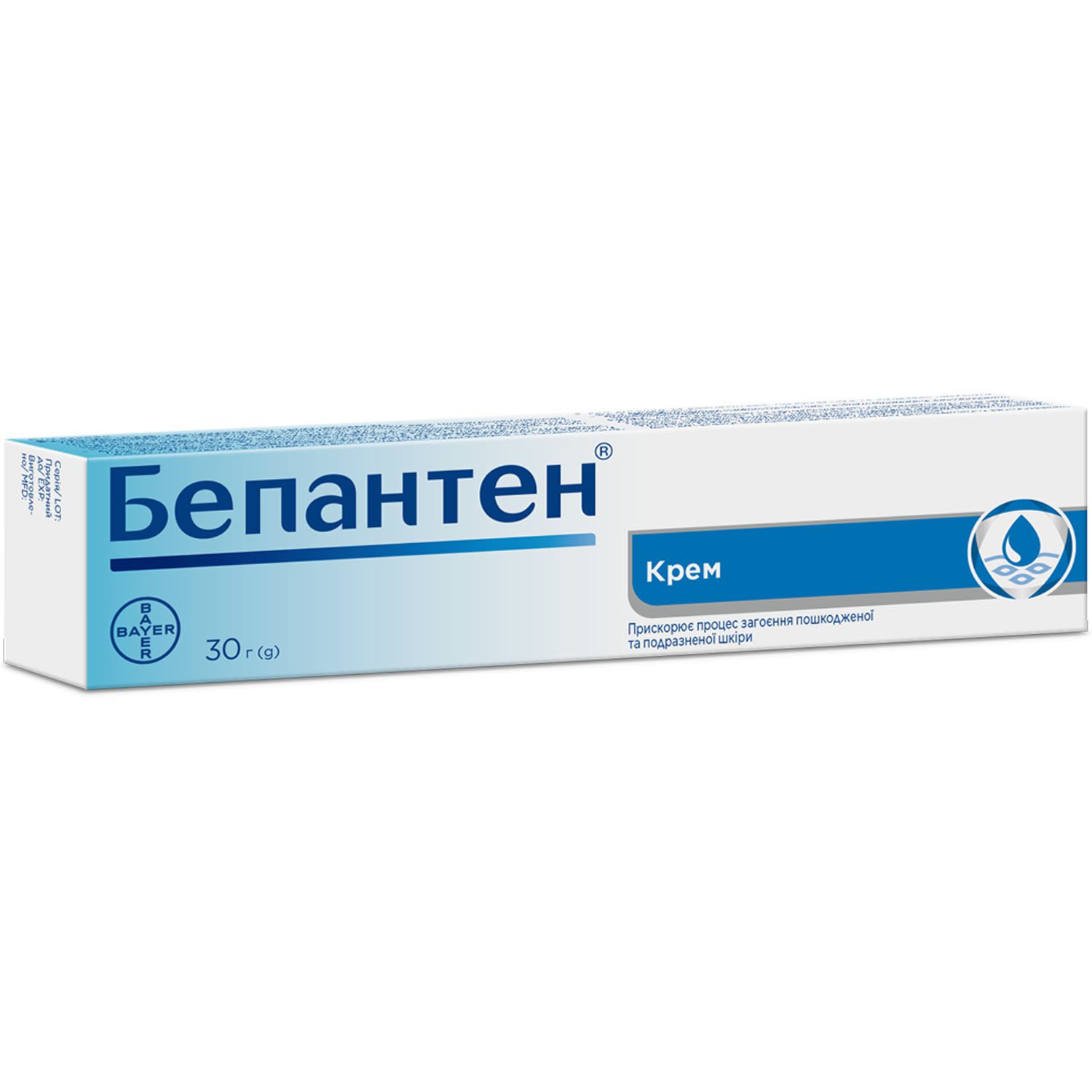
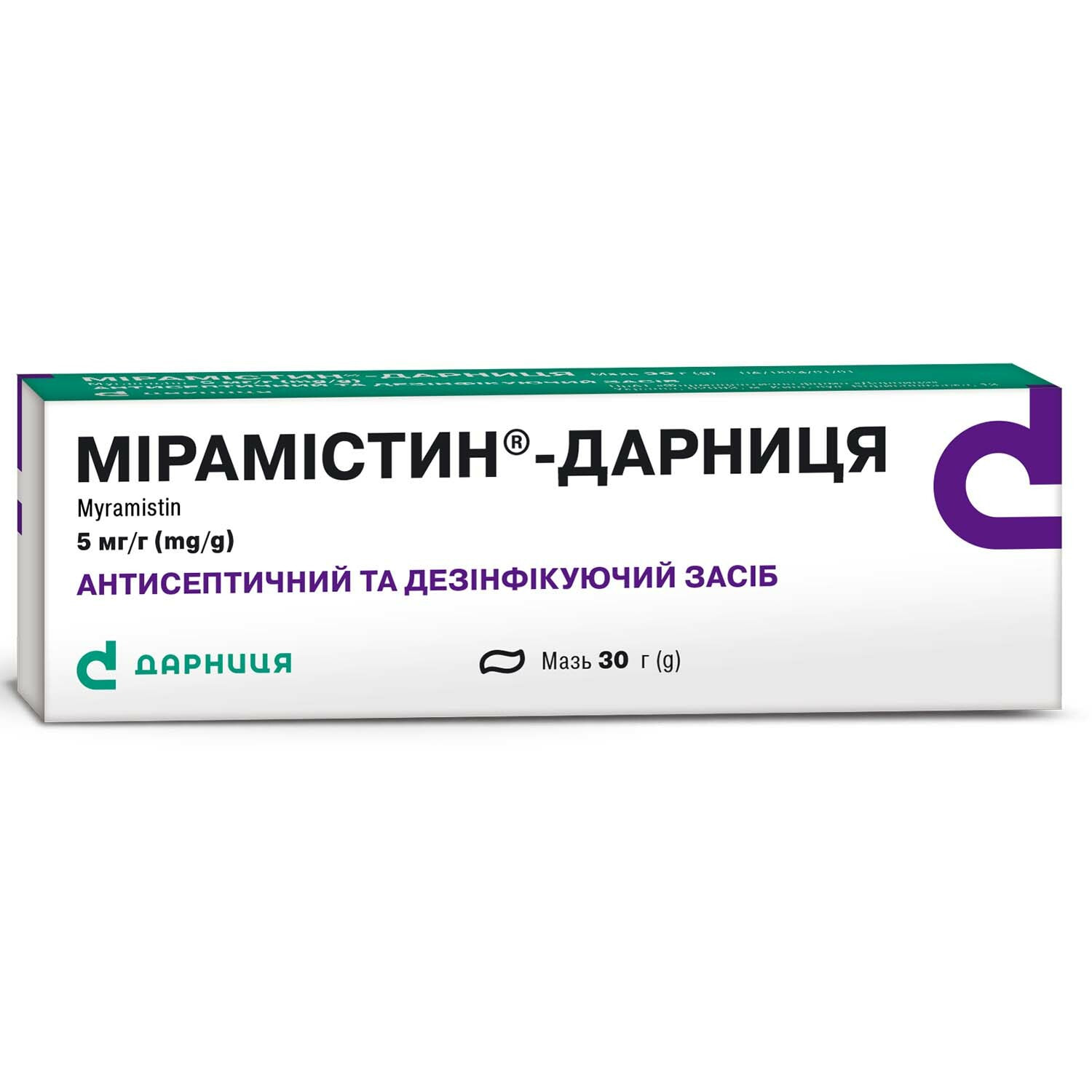
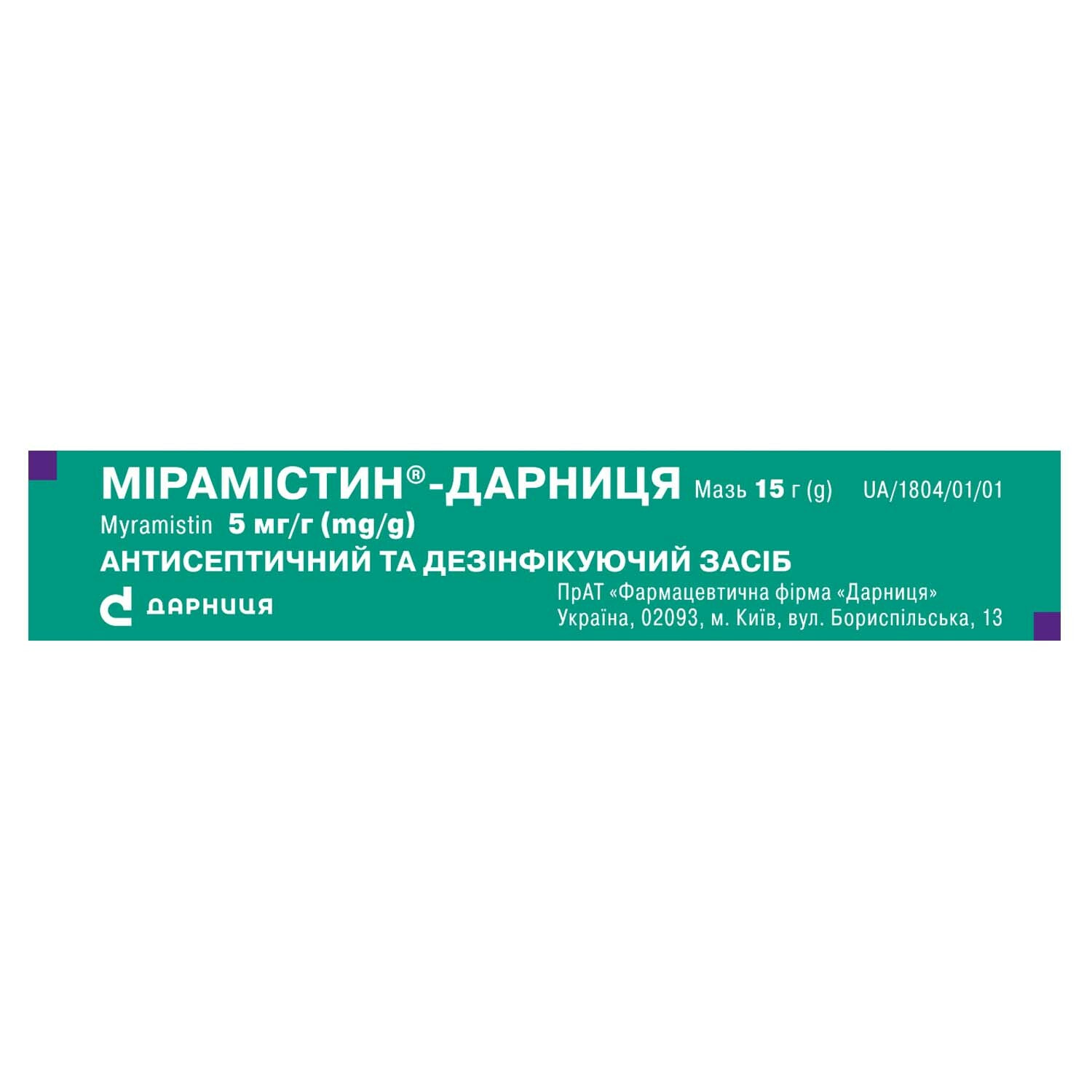
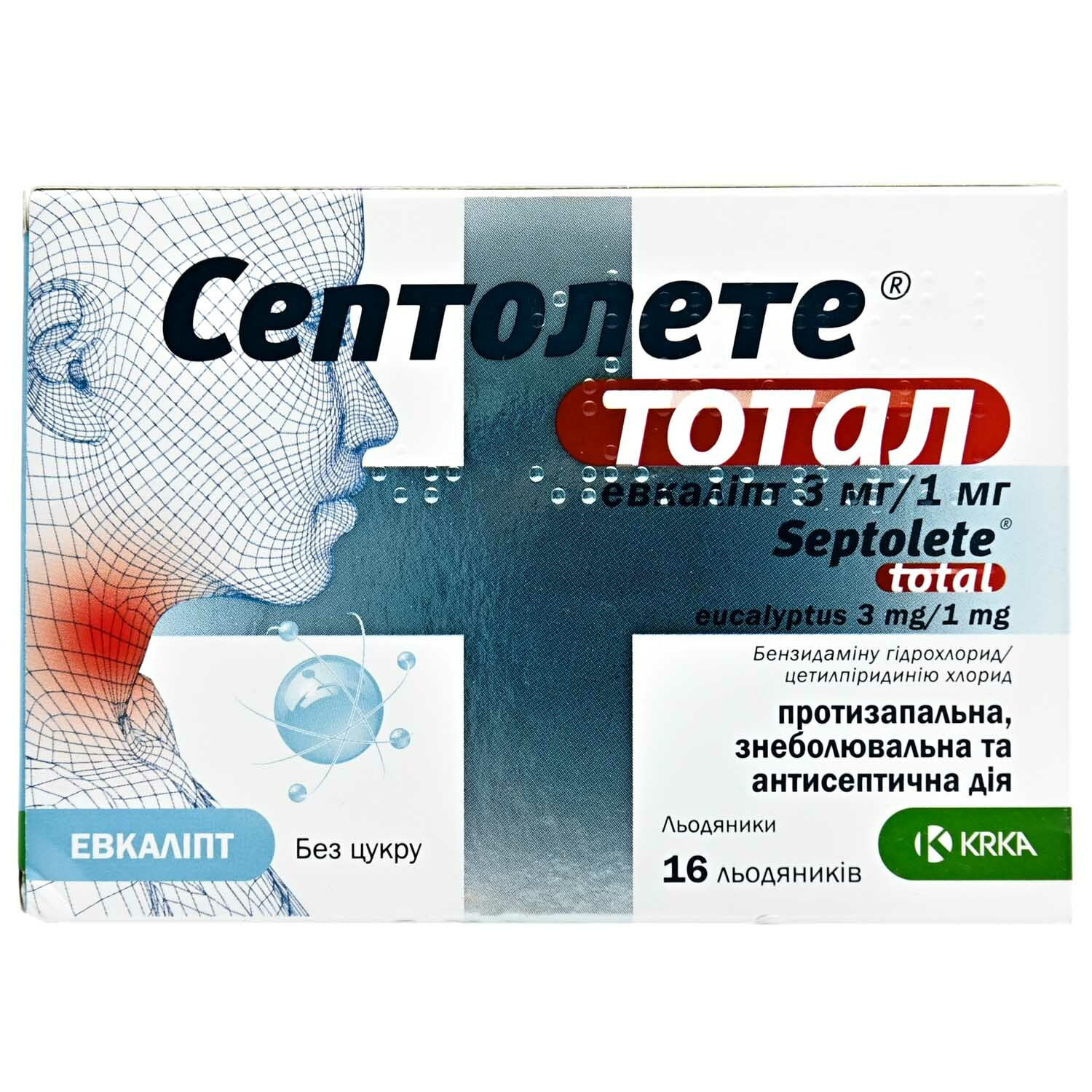
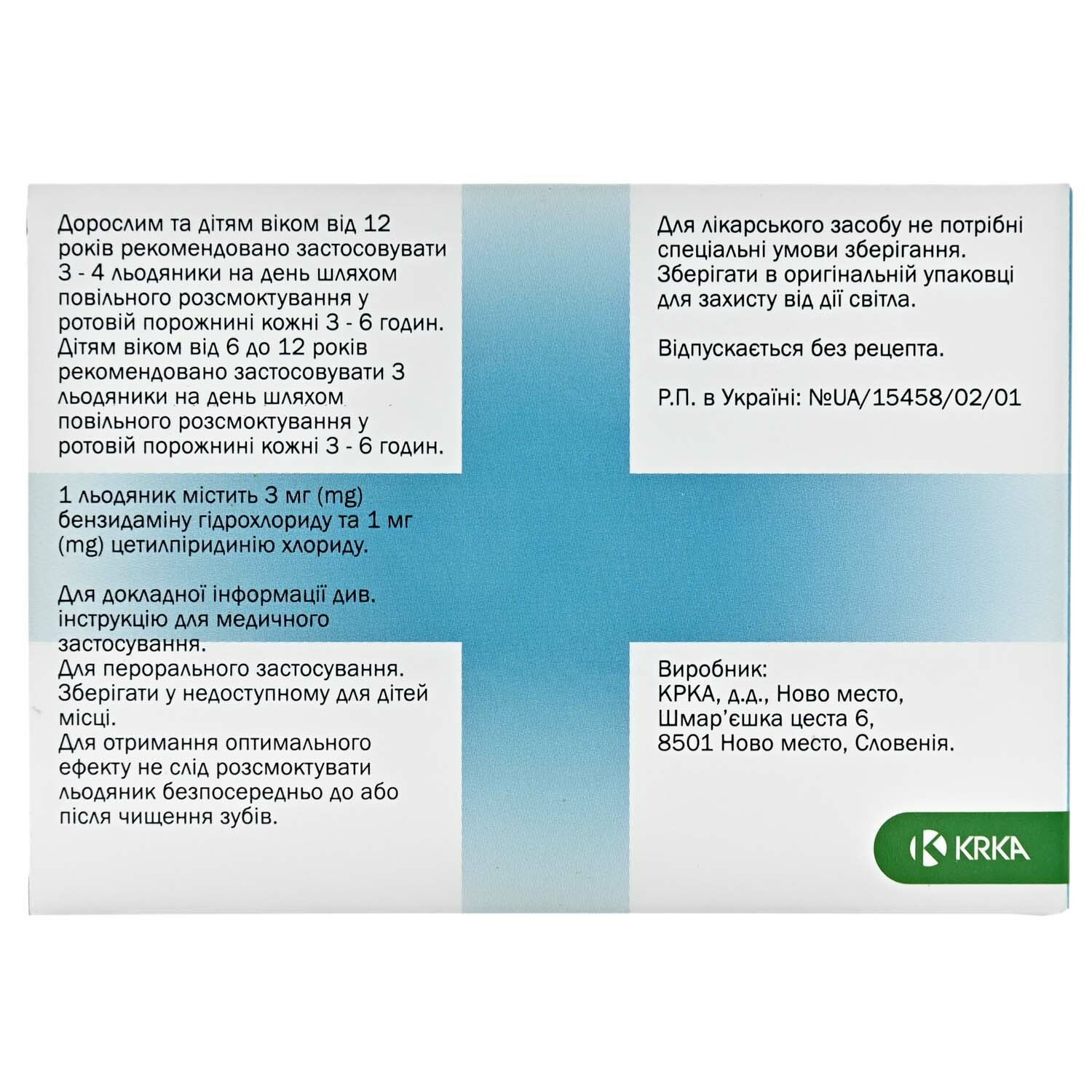



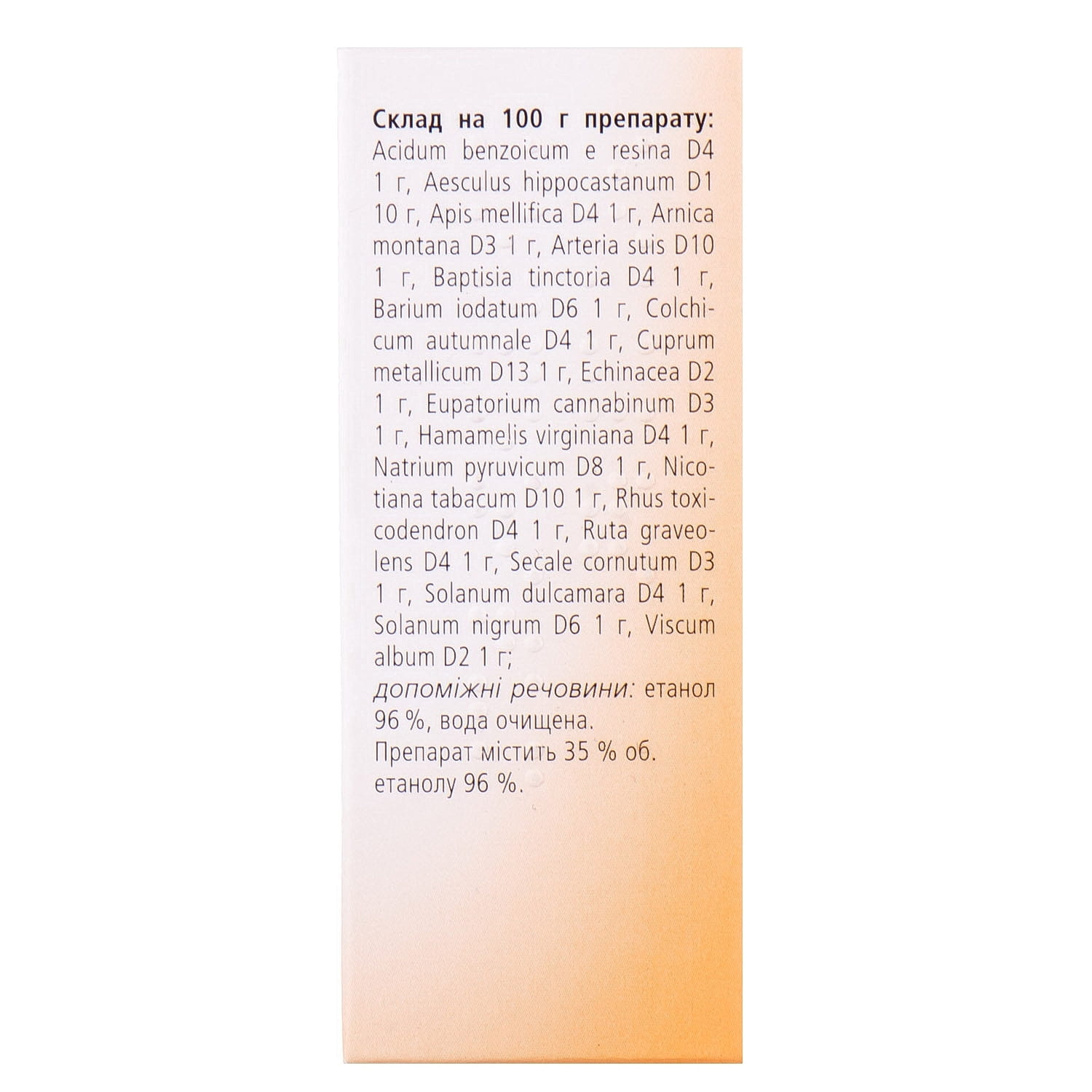
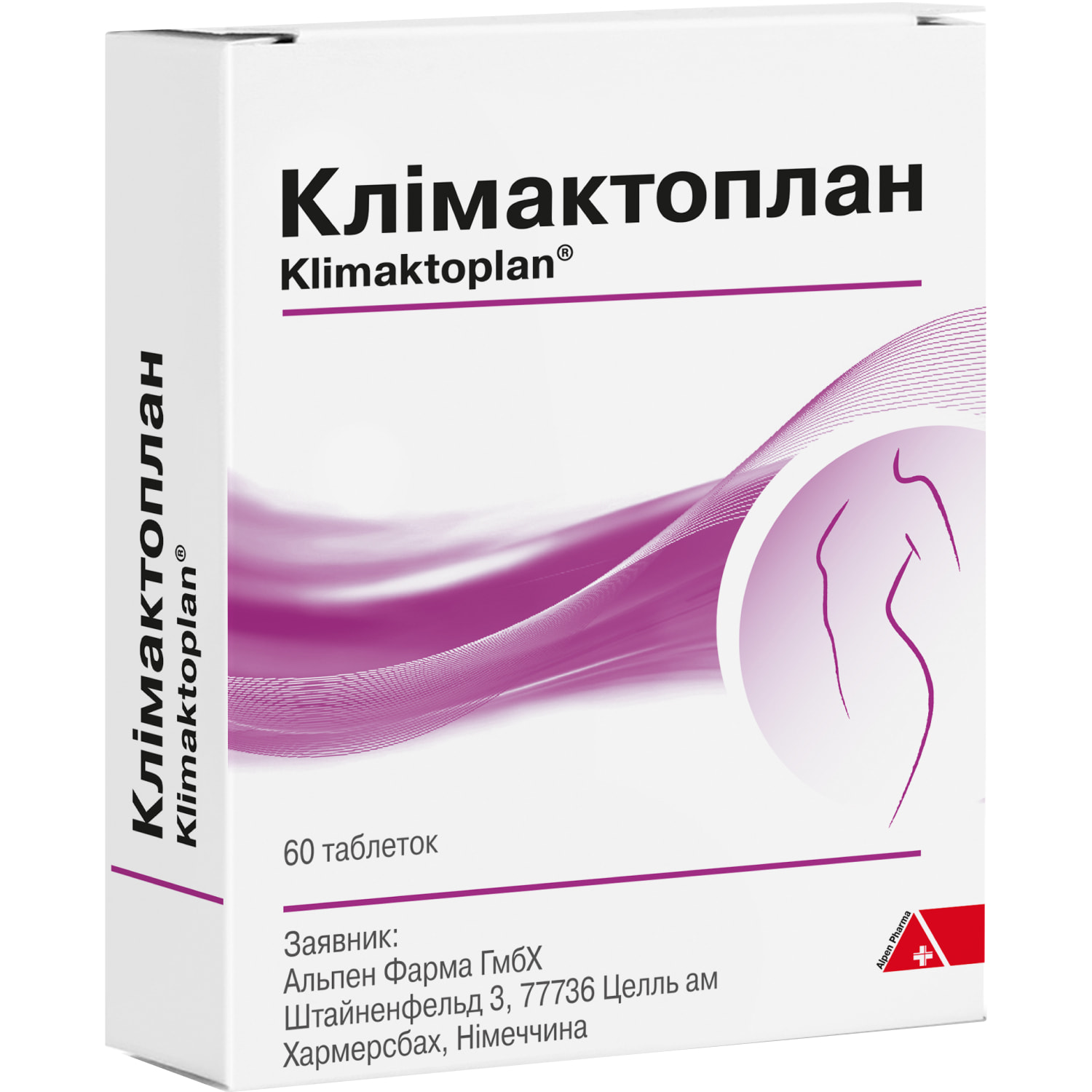
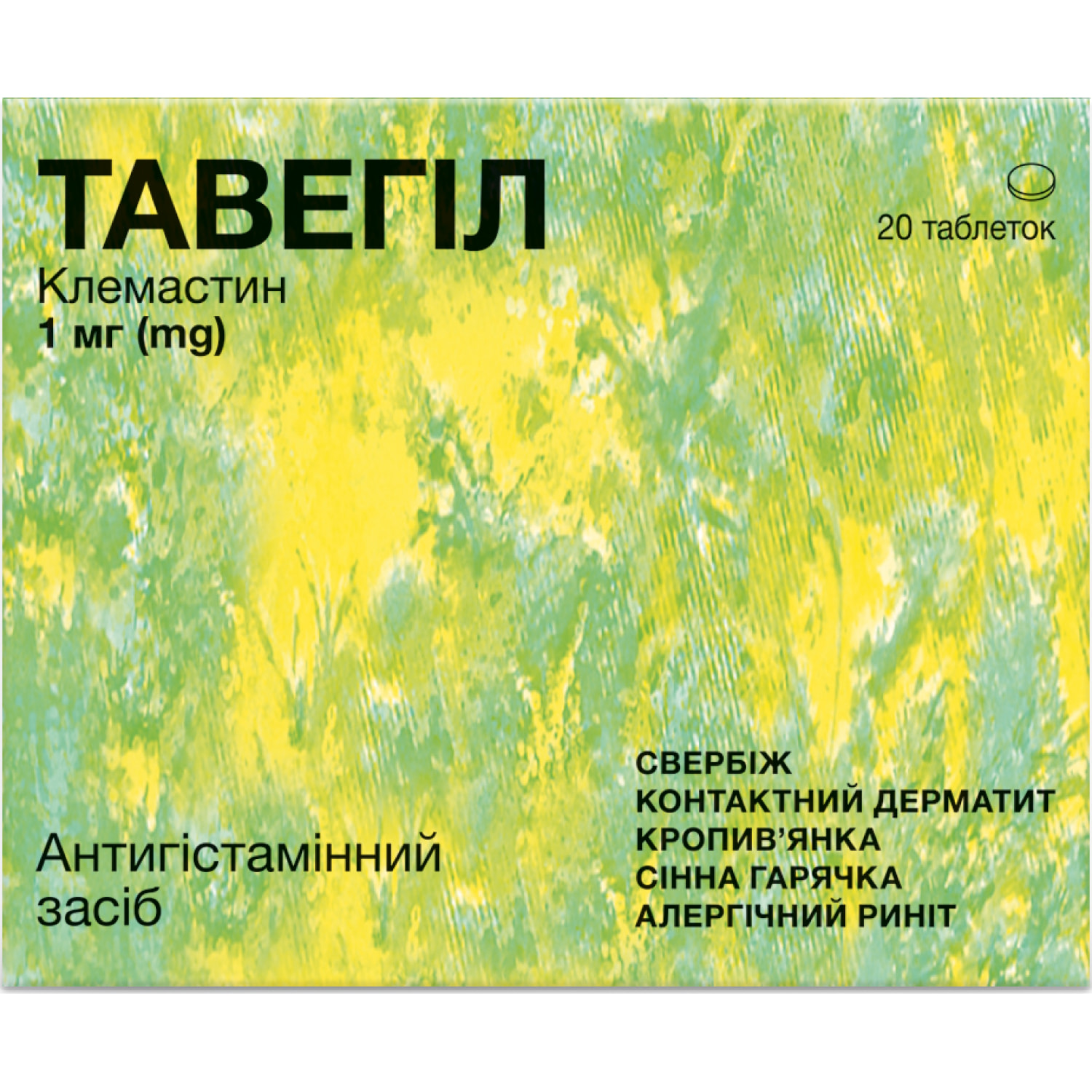
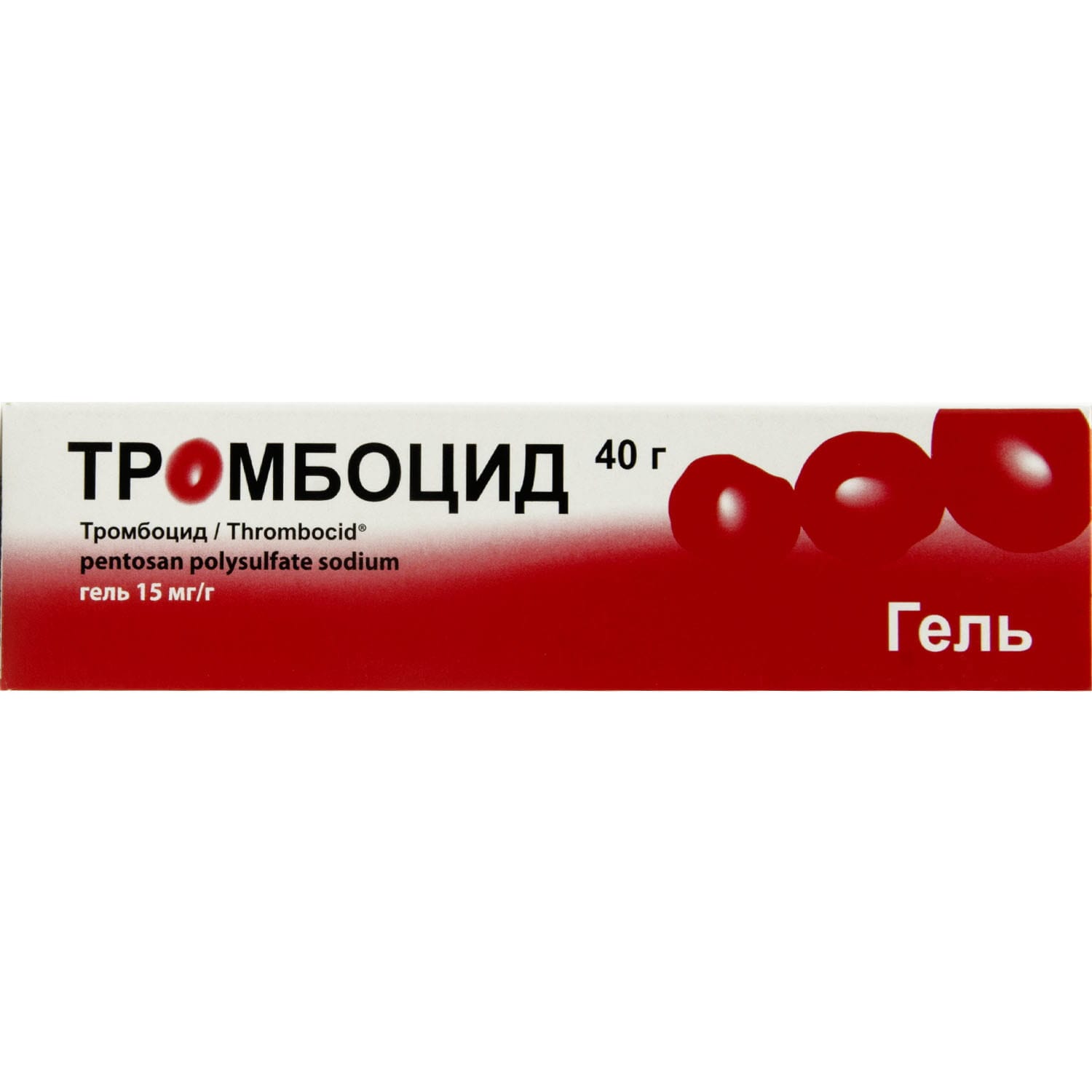
Reviews
There are no reviews yet.